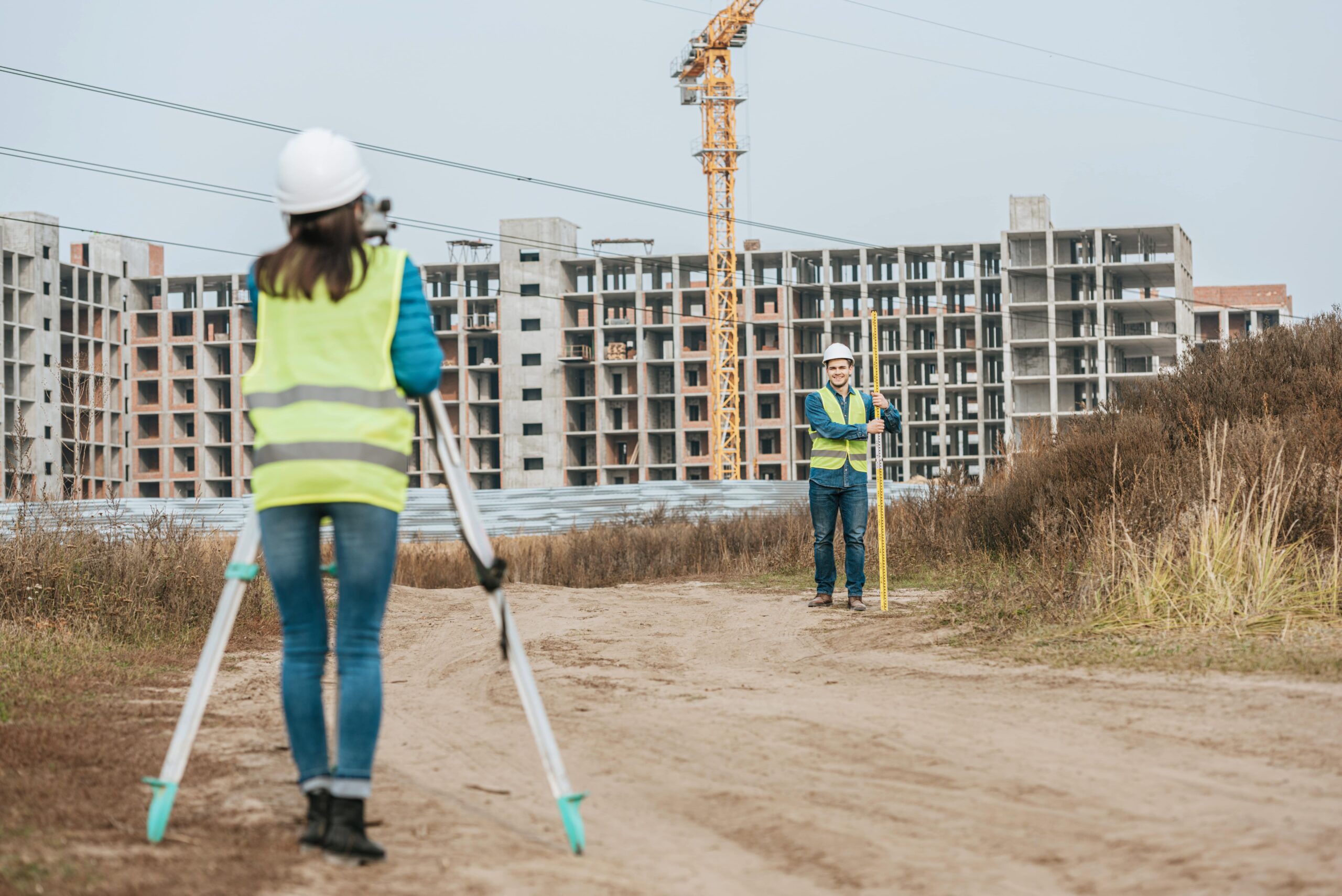If you suspect the land that you own is contaminated, perhaps as a result of previous activity there, then it’s important that you investigate further.
Understanding the nature, extent, and type of contamination is critical for understanding the potential risks that it poses, along with the plan required to put it right.
In practical terms, this means that a land contamination assessment is essential.
How do you test for ground contamination?
Testing ground contamination is a critical step in any contaminated land assessment.
This assesses the environmental health of a site and involves several key stages to ensure that any potential risks are identified.
These include:
- Preliminary investigation
A preliminary investigation involves reviewing the history of the site as well as previous land use to identify potential sources of contamination. Historical records, aerial photographs, and maps may provide context.
- Visual inspection
A visual inspection will look for signs such as soil discolouration, the presence of unusual materials, or evidence of past waste disposal.
- Soil sampling
Soil sampling is a key element of any contaminated land assessment and remediation plan. Soil samples are collected from various depths and locations across the site. These are then analysed in a laboratory to detect the presence of contamination such as heavy metals, oil, or asbestos.
- Groundwater contamination
If groundwater contamination is suspected, groundwater samples may need to be taken from boreholes or wells. These are tested for pollutants and can determine if contaminants have leached into the water table.
- Soil gas sampling
If volatile organic compounds (VOCs) or other gases are suspected of being present, soil gas samples will be collected. These are then tested to measure the concentration of contaminants.
What is a land contamination assessment?
A land contamination assessment is a thorough evaluation of a site to determine the presence and extent of any contamination.
Crucially, it uncovers the nature of the contamination, identifying any risks to human health and the environment.
This is then used to shape the development of remediation strategies. It will typically involve field investigations and laboratory analyses, as well as research into previous uses of the site.
How does a contaminated land assessment work?
Because of the risks associated with land contamination, the assessment process is systematic and comprehensive.
It ensures all potential risks are identified, and managed effectively, and begins with the collection and review of historical data, previous site investigation and regulatory records.
This allows the assessors to develop a conceptual site model ((CSM) and outline potential sources and pathways of contamination.
This will be followed by a site walkover and visual inspection by environmental consultants. They will identify visible signs of contamination and validate desk study findings.
They will then identify any areas that need detailed investigation.
An intrusive investigation will then be planned and executed based on these preliminary steps.
This may involve drilling boreholes, digging trial pits, and collecting soil, groundwater, and soil gas samples for laboratory analysis. The sampling strategy will cover all areas of potential concern that have been identified in the CSM.
Collected samples can then be analysed in accredited laboratories to determine the presence, nature, and concentration of contaminants. The results are then compared with a range of guidelines and legislation to determine the risk levels and what remediation work may be required.
The findings of the assessment will be compiled into a comprehensive report. This will include the methodologies that have been used, the results, risk assessment, and any recommendations for remediation if required.
How much does a contaminated land assessment cost?
A range of factors will influence the overall cost of contaminated land assessment.
The size and complexity of the site will be key, as will the level of contamination, and the scope of the investigations.
The overall cost of contaminated land assessment and remediation can range from a few thousand pounds to much more significant sums.
Land Remediation Relief can provide substantial relief to make the process more cost-effective and realistic.
Unlock Land Remediation Relief with DAAFL
Land Remediation Relief can provide substantial benefits for companies undertaking land decontamination.
At DAAFL, our tax specialists have been helping businesses claim land remediation relief since 2015. Since then, we’ve helped dozens of businesses claim back more than £19m in total.
If you are the owner or developer of land that may be contaminated, we can advise you about eligibility and help you with the application process.
Contact us to find out more about Land Remediation Relief and how we can help.
More on Land Remediation Relief from Digital Accounting and Finance
How Land Remediation Works
Contaminated Land Meaning
Land Contamination Legislation in the UK
